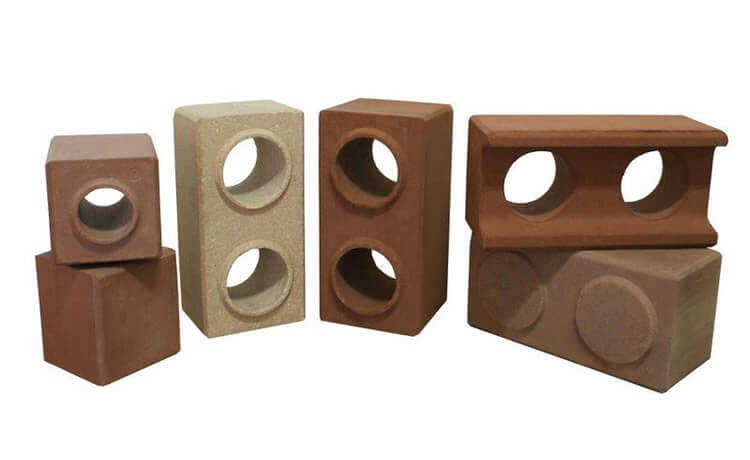Are aerosol cans recyclable?
Find out what special care is needed when disposing of this type of product

Aerosol cans are already part of our daily lives, being used to store deodorants, ambient odorizers, food, asthma pumps, paints, insecticides and many other products. Toxic or not, most products contained within aerosols are considered volatile organic compounds (VOCs).
But at the time of disposal, this special type of can does not receive the proper treatment. It is usually disposed of as common garbage or as recyclable metal, when the most appropriate is to send this type of product to specific cooperatives that treat this type of waste in particular.
How it works?
An aerosol is the suspension of very fine solid or liquid particles in a gas. It consists of a system that causes the contents inside the cans to be expelled in the form of a “cloud” of small droplets. This is due to the great pressure inside the cans.
- Aerosol: what it is and its effects
- What is the ozone layer?
The pressure occurs due to the presence of another substance, which is also found inside the cans, known as propellant. This propellant is a gas in the liquid state that, at the moment the aerosol valve is opened, changes to the gaseous state, expelling the contents of the can.
Until the late 1980s, the most common propellants were the infamous chlorofluorocarbons, popularly known as CFCs, chemical compounds that are extremely harmful to the ozone layer.
In 1989, the Montreal Protocol on "Substances that Deplete the Ozone Layer" was signed, which prohibited the use of these compounds inside cans. The most used propellants are volatile hydrocarbons, such as propane and butane, and liquefied petroleum gas (LPG), which represent small carbon emissions into the atmosphere. Even so, they are alternatives that are much less harmful to the environment and not fully sustainable.

Explosion hazard
The disadvantage of using these propellants is the fact that they are extremely flammable, some of them exploding at temperatures close to 50ºC. Therefore, the use of aerosol cans should be based on a series of precautions.
According to the British Aerosol Manufacturers’ Association (Bama), the most important precautions are:- Keep aerosol cans away from heat sources, including the sun, and never leave them inside cars. The increase in temperature causes the internal pressure in the cans to increase, which can lead to an explosion;
- Do not pierce the cans, since, even when empty, the internal pressure is still very high, which could injure nearby people. In addition, cans can contain products such as insecticides in small amounts and cause poisoning;
- The contents of cans are usually flammable. Do not use the aerosol in places where there is a fire, such as in the kitchen and near cigarettes and candles;
- Keep aerosol cans out of the reach of children at all times.
how to discard
For all these reasons, aerosol cans cannot be treated as common waste or common recyclable metal. The first step is to follow Bama's tips and use the contents of the cans to the end. Then separate the plastic parts from the can and finally forward the aerosols to specialized recycling stations.
Although in incipient quantity, there are some cooperatives specialized in recycling this type of product. Hence the importance of proper disposal and encouragement of this important type of activity. Always opt for conscientious disposal, respecting the environment!










